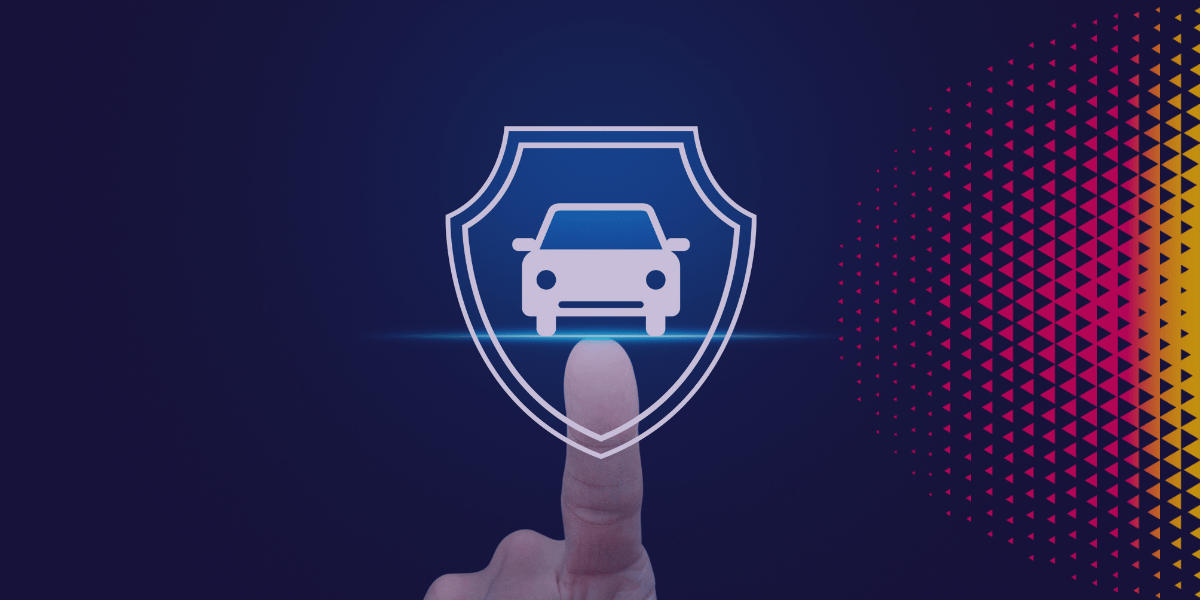How does the insurer analyze a risk loss?
The rate of loss is the ratio between the amount of insurance premiums received and that of claims to compensate. It must, in principle, be less than 1 to guarantee the profitability of insurance companies and cover all of their management costs.
Insurers analyze a large number of demographic, technological, environmental, regulatory or behavioral factors in order to estimate the claims of each risk.
Furthermore, the history of a company's sinisterity influences the amount of its premium. This is particularly the case in the field of automotive insurancewhere the system of bonus-malusgoverned by article A 121-1 of the insurance code.
Concretely, this is a Reduction or increase in auto insurance premium of an insured. Thus, the most vigilant drivers have a low reduction-major coefficient; On the other hand, the calculation of the bonus-malus is less favorable for those who are at the origin of a responsible accident.
Loss: Key Insurance Key Figures
In 2020, 49,828 people were victims of a work -related road accident and 480 of them lost their lives in this accident. Road risk is therefore responsible for 31 % of fatal accidents.
Source: most of the professional road risk, government
5 prevention measures to reduce the self -assessment of auto insurance
By rewarding the most attentive drivers, the coefficient of bonus-malus contributes to reducing the self -insurance claims, but unfortunately it remains insufficient. This is why it must be completed, within the framework of the management of automotive fleet of companies, by internal prevention measures.
Set up a charter of good conduct
Respecting the highway code and basic safety rules is an essential prerequisite for reduce the loss. Thus, when a company makes a car available to an employee, it is recommended to have him sign a charter listing the good behavior to be adopted.
However, this charter should not be a simple formality, but a contractual document which engages the employee's responsibility. From safety distances to compliance with speed limitations, passing through driving while driving, the driver is required to submit to all of the rules set.
A summary signage sheet can also be placed on the dashboard, in order to remind the employee the basic principles to be respected.
Install on -board telematics devices
There on -board telematics designates different types of devices to collect, reassemble and process data concerning the use and maintenance of a vehicle. However, the presence of such a device in a function vehicle has a positive impact on the driving of the employee, aware that his behavior can be analyzed in real time.
Be careful, however, not to make it a monitoring tool (or even repression): telematics must be presented as an educational solution, making it possible to improve the safety of each. Of course, the employee's consent is a compulsory prerequisite.
In addition, the collection and processing of data related to the use of the vehicle must respect the GDPR (General Data Protection Regulations).
Renew the automotive fleet regularly
As technology is progressing, car manufacturers are constantly improving their vehicles and improving their safety. THE Driving electronic assistance (ADAS)in particular, make it possible to reduce the self -confident self -insurance in a considerable way.
ABS, Emergency braking help, ESP, assistance in keeping the track, blind spot detector, automatic recognition of speed limitations … so many devices that make it possible to compensate for any driver's failures, thus limiting the risk of road accident.
This is why companies have every interest in renewing their park and having the most modern vehicles.
Strengthen the maintenance of the vehicle fleet
A Insufficient or missing maintenance is a cause of accident not to be underestimated: thus, under-inflated tires or aging brake pads are enough to increase the loss. Risks that can be easily avoided by regularly and rigorously maintaining the different cars that make up the business fleet.
Moreover, employees must be directly involved in this approach, or even trained in the most basic maintenance gestures. Indeed, they must be able to identify possible dysfunctions and react in an adapted manner.
Make road safety a tool for motivating employees
Although indispensable, the implementation of strict rules linked to the road safety can be experienced as a constraint by employees. Hence the interest in presenting things in a fun form, while valuing good behavior behind the wheel.
Embedded telematics makes it possible in particular to measure many indicators: average speed, fuel consumption, optimization of distances traveled … So, why not set up a monthly or weekly classification rewarding the most prudent or most economical drivers in fuel?
Please note, it is not a question of establishing a competitive spirit and penalizing “bad students”: this device must above all be presented as a stimulating and motivating challenge.





